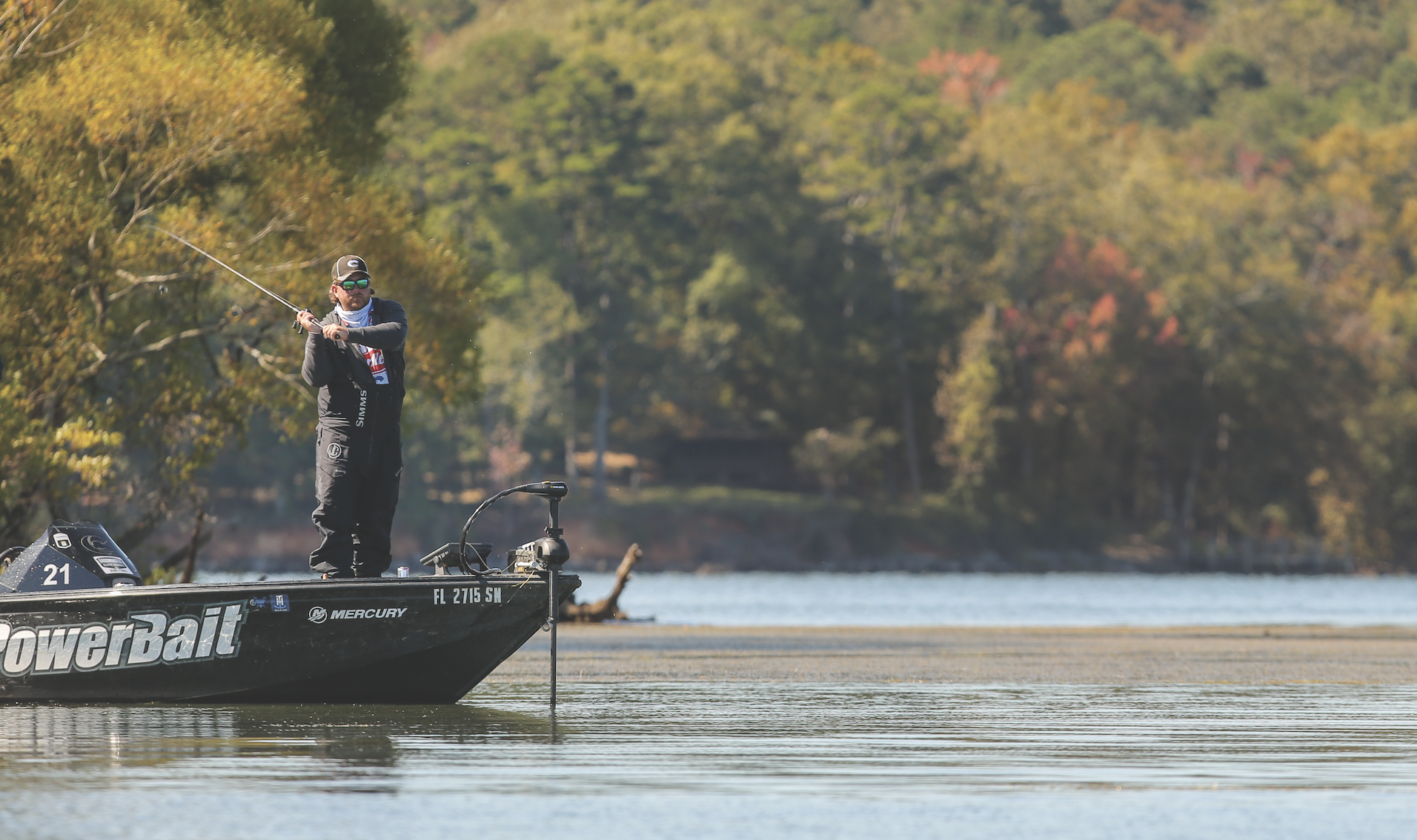
When Pro angler Kyle Monti was growing up in south Florida, legendary Lake Okeechobee was full of submergent grasses that provided cover for mammoth bass and gave Okeechobee national recognition as one of the top big-bass destinations in the world.
“In the mid-90s, there was a lot of submergent grasses outside of what we call the outside wall,” Monti, an Okeechobee guide, said. “The outside wall is a thick wall of reeds and Kissimmee grass, but outside of that, in open water, was a lot of eelgrass and peppergrass and the water was gin clear for miles. “It was a natural filter and the water was superclean. We didn’t have Power-Poles or really good trolling motors that would cut through stuff, so a lot of times we would drift across it and let the wind dictate where you went.”
During the past 20 years, however, Okeechobee and other Florida lakes have endured a variety of challenges — from hurricanes to droughts and man-made flood control to chemical spraying. All of these factors have eliminated much of the submergent vegetation that existed in these lakes and the bass have had to adjust, often leaving anglers scratching their heads.





